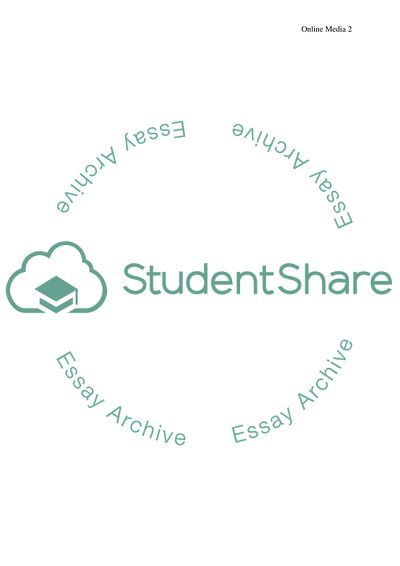Cite this document
(Online Forms of Communication Essay Example | Topics and Well Written Essays - 2000 words, n.d.)
Online Forms of Communication Essay Example | Topics and Well Written Essays - 2000 words. https://studentshare.org/journalism-communication/1835753-do-online-forms-of-communication-such-as-youtube-involve-a-new-kind-of-mediated-authenticity-absent-from-broadcast-media
Online Forms of Communication Essay Example | Topics and Well Written Essays - 2000 words. https://studentshare.org/journalism-communication/1835753-do-online-forms-of-communication-such-as-youtube-involve-a-new-kind-of-mediated-authenticity-absent-from-broadcast-media
(Online Forms of Communication Essay Example | Topics and Well Written Essays - 2000 Words)
Online Forms of Communication Essay Example | Topics and Well Written Essays - 2000 Words. https://studentshare.org/journalism-communication/1835753-do-online-forms-of-communication-such-as-youtube-involve-a-new-kind-of-mediated-authenticity-absent-from-broadcast-media.
Online Forms of Communication Essay Example | Topics and Well Written Essays - 2000 Words. https://studentshare.org/journalism-communication/1835753-do-online-forms-of-communication-such-as-youtube-involve-a-new-kind-of-mediated-authenticity-absent-from-broadcast-media.
“Online Forms of Communication Essay Example | Topics and Well Written Essays - 2000 Words”. https://studentshare.org/journalism-communication/1835753-do-online-forms-of-communication-such-as-youtube-involve-a-new-kind-of-mediated-authenticity-absent-from-broadcast-media.


